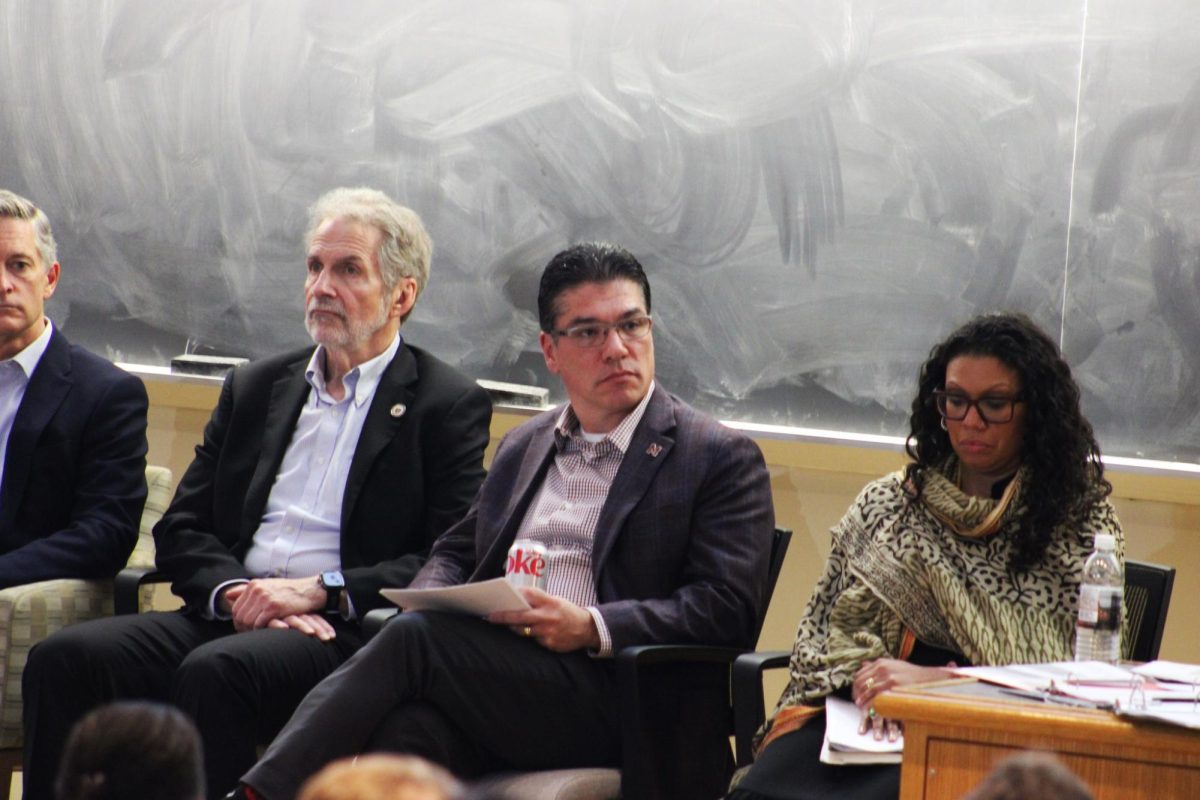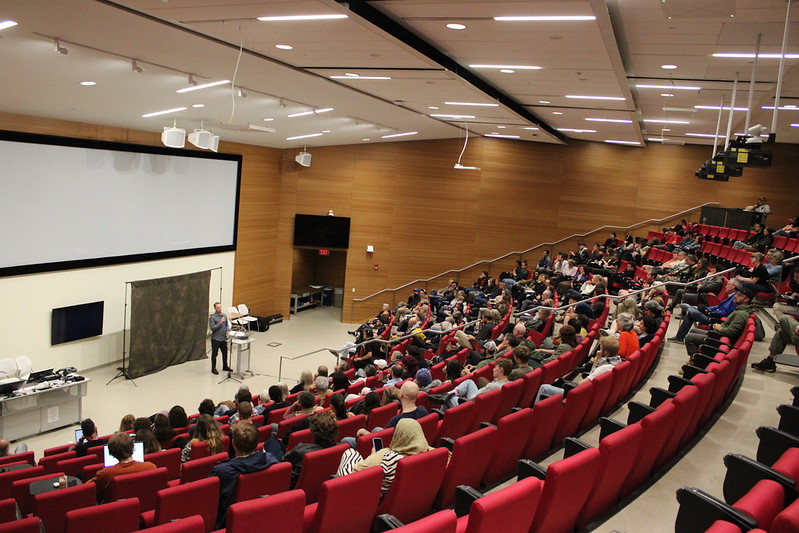Question and answers:
Question: I heard a rumor that there is more than one type of HIV. Is that true?
Answer: There are actually two different types of HIV, conveniently named HIV-1 and HIV-2. Generally, when people say HIV without specifying which type, they are referring to HIV-1. Both types of HIV are contracted in some of the same ways: sexual contact, blood and mother to child. The major difference between the two types is that HIV-2 is not as easily transmitted. The time between initial infection and actual illness islonger.
Since HIV is a virus, it reproduces and mutates very rapidly, so thereare many different strains of HIV. HIV-1 can be divided into twogroups: M and O. There is, however, a case on record of a woman fromCameroon who has a strain of HIV-1 that belongs to neither group M orO. Each group has a set of subtypes that vary as much within their groupsas between the two groups. Group M has 10 known subtypes, labeled A through J.
The subtypes don’t seem to follow any type of general pattern. For instance, subtype B is found in the Americas, Japan, Australia, the Caribbean and Europe. It is hard to see a common pattern with the distribution of HIV-1 subtypes. There has been evidence to suggest that the different subtypes of HIV-1 are primarily associated with a specific mode of transmission. For example, subtype B is considered related to homosexual transmission or intravenous drug use. Likewise, subtypes C and E are linked with heterosexual transmission. A study conducted by Dr. Max Essex of the Harvard School of Public Health has shown that subtypes C and E replicate more efficiently in Langerhans cells (cells found in vaginal mucous, cervix and foreskin.) Subtypes C and E have a much harder time replicating on the wall of the rectum.






